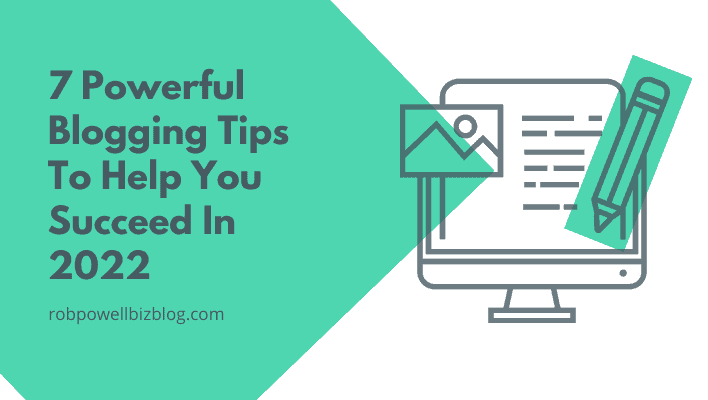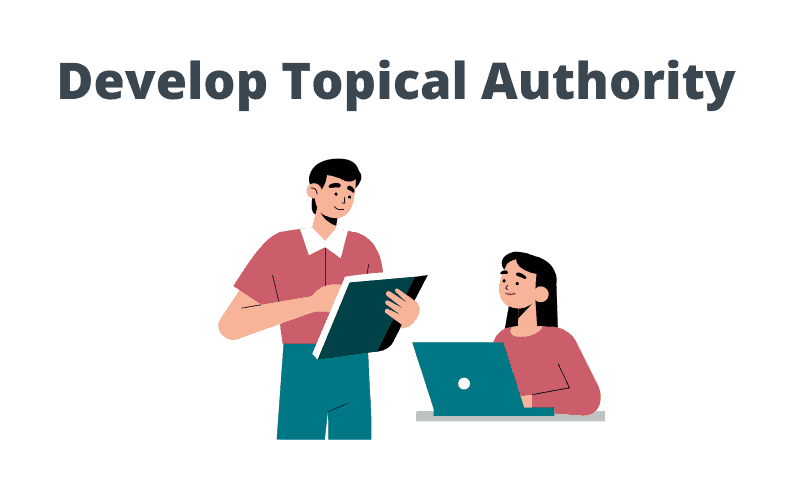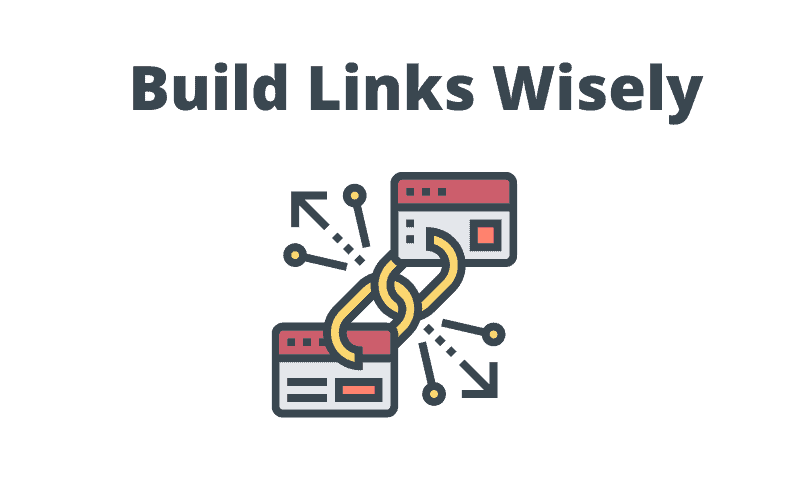Business blogging is a crowded space and highly competitive. These seven blogging tips will give you the edge you need to succeed in 2022.

#1. Build Topical Authority
Topical authority as a ranking factor has been growing in importance over the last few years. And it’s going to be a big factor in 2022.
As algorithms get smarter, search engines can tell how well a piece of content covers a particular topic. It’s called topical authority. Search engines want to show articles with high topical authority at the top of the search results.
Algorithms measure the topical authority of individual articles. But they also measure the topical authority of your website as a whole.
Let’s say you have a website about pets and you have one page that deals with hamsters. And let’s say someone else has a website devoted entirely to hamsters. They have a separate page for every ‘hamster’ topic you can think of: how to look after them, what’s the best cage for them, how to breed them, hamster diet, hamster ailments, etc.

The second website has more topical authority for the topic of hamsters than the first website. Google will almost certainly rank the second website higher in the search results.
Why?
Because it figures that its visitors are more likely to find the answers they are looking for on the second website.
This applies to whatever niche or industry you are in.
It’s fine to have a website that focuses on multiple topics. But make sure that you deal with each topic in depth.
For example, if your site is about ‘email marketing’, don’t write just one article about ‘email segmentation’: publish ten articles on that topic. And don’t settle for one article on ‘email sequences’: publish six articles on email sequences.
In other words, build out the topical authority for every topic that your website deals with.
#2. Build Links Wisely
Backlinks have been important for Google right from the start. And they are still an important ranking factor.
But you should build backlinks by creating valuable content that people link to simply because it’s useful.
A big mistake bloggers and content marketers make is to focus too much time, effort, and money on the process of link building.
The success rate for most kinds of link-building outreach is somewhere around 3%. That means that 97 emails in every 100 that you send are falling on deaf ears. That’s a huge waste of time and effort!

Why not spend that same time and effort creating really original, valuable content that people link to without even being asked?
Those are the links that search engines want to see – not the ones that you get by asking for them.
And as for link-building schemes (you link to my page and I’ll link to yours) don’t even think about it. Under Google’s Webmaster Guidelines that’s a link-building scheme and it’s expressly forbidden.
Any kind of link-building arrangement that is based on a quid pro quo, however indirect, is a link-building scheme. Never participate in anything like that because it can easily result in a Google penalty.
#3. Develop an Engaging Writing Style
SEO is much more than doing things that satisfy the algorithms. It’s also about having a writing style that people enjoy reading.
The more people enjoy your writing, the longer they will stay on your page. The algorithms measure that as ‘time on page’ and they rank you higher as a result.
So you need to develop an engaging writing style. One of the ways to do that is through transitions. These are chatty phrases that link one topic with the next.

Here are some examples of transitional phrases:
- But the problem is:
- But think about it this way…
- By now, you’re probably wondering…
- Contrary to popular belief…
- Does that mean you should avoid…
- This is where it gets interesting
- Here is something else to keep in mind:
- Here’s an example of what I’m talking about
Transitions make your writing flow. They make it easier for your reader to follow the argument of your article. But more than that, transitions create a conversational tone that makes the reader feel you are writing just for them.
And that’s how you build a relationship with your readers.
#4. Make Your Blog Posts Easy To Read
Use an easy-to-read font size (no smaller than 16 pixels) and make sure your text area is in the range of 50 to 75 characters per line.
More than that and your lines become too wide – the eye has trouble scanning the column of text and finding where the next line begins. Less than that and your text area become too narrow. The eye has to make too many movements back and forth and this breaks the reader’s rhythm.
Write short sentences of no more than 25 words. People scan pages on the Internet and long sentences are hard to scan. Write short paragraphs containing no more than four sentences. This will avoid large chunks of text which readers find off-putting.
Use lots of headings and sub-headings. These break up your text and make your page easier to read. Aim to have a heading or subheading for every 300 words.
Images are another way to make your posts easier to read. A large part of our brain is dedicated to visual processing. And we process images much faster than we process text. So images give the reader’s brain a welcome break and make your article easier to read.
A good rule of thumb is to include an image for every 350 words of text.
To succeed in blogging you need to be able to create content quickly and efficiently. And for that, you need a good drag-and-drop WordPress editor.
The one I recommend for beginners is the free version of Elementor. It has all the core features you need to edit and publish professional looking blog posts.
#5. Build a List
If you are running an online business, you need to stay in contact with your visitors. That’s because a tiny percentage of people will buy something the first time they see it. Most people will need to be exposed to your product or service multiple times before making a purchase.
And that’s why email is so important. It allows you to stay in touch with your visitors and bring them back to your website.
Email seems like old technology but it is the most powerful marketing channel available, with a return on investment (ROI) of $38 for every dollar spent.

So you should be using your blog to build a list. To do that you need two things:
- An
email marketing service - A lead magnet that encourages people to sign up to your list
The most effective way to build a list of engaged subscribers is to use an online quiz. Quizzes are great because they engage your visitors and you can use the quiz results to learn what their problems are and how you can help them.
#6. Keep to a Schedule With Your List
It’s been shown over and over again that the key to successful email marketing is regularity.
You can send out your emails three times a week, once a week, once every two weeks, or even once a month. It’s not the frequency that matters, it’s the regularity.
So you need to set up a schedule and stck to it. If it’s once a week, then make sure to do a mail-out once a week. And preferably on the same day each week. If it’s once every two weeks, then make sure to keep to that.
Predictability and reliability matter a lot when building a relationship with your audience.
#7. Get Inspiration From Others
Blogging is time-consuming and it’s easy to get completely absorbed in endless in your own work.
But it’s really important to expose yourself to new ideas. That’s why its vital to make time each week to listen to a podcast or watch a YouTube video.

I can’t count the number of times I’ve listened to a podcast or watched a video that completely energized me and opened up an aspect of my business that I hadn’t even thought about.
Digital marketing, SEO, and social media are all rapidly evolving and you need to “dip your toes” into the flow of ideas from time to time if you want to keep up.
Conclusion
Business blogging has many moving parts. And that’s one of the reasons so people few succeed as bloggers: you have to get all those parts moving at the same.
These seven blogging tips will help you do just that.
Wishing you all the best for 2022.
More Articles About Blogging
- 19 Experts Reveal Their Top Tips For First Year Bloggers
- 27 Experts Reveal Their Most Powerful Blog Promotion Technique
- The 7 Business Models of Highly Successful Webpreneurs
- How To Set Up Your Own Blog (From Start To Finish)
- Three Blogging Strategies To Help You Succeed In 2022
- Ryan Biddulph On Blogging For Fun and Finding Success
- Newsjacking – How To Get Traffic and Backlinks From Breaking News
- Does Your Blog Need A Niche in 2022?
- Best Blog Names – 19 Great Ways To Name Your Blog
- Blogging 101 – How To Start A Successful Blog in 2022
- 3 Ways To Quickly Find a Blogging Niche You Won’t Regret
- How To Turn Articles Into Videos – 7 Tips You Need To Know
- Publishing on Medium – How To Add 13,000 Subscribers in 6 Weeks
- How To Succeed In Your First Year of Blogging
- 13 Surprising Facts About Blogging You Shouldn’t Ignore
Hi Rob,
First, I wanted to appreciate your new homepage design, I saw it last 2 weeks but was busy. Really nice design and colour Combination.
I like how you base these blogging tips on your experience. One thing that caught my eyes was the link building part. Honestly, many influencers as told me to not focus much on link building, i am surprised you are saying same thing too.
I really have shifted my mindset from link building to producing more quality contents. I think I am beginning to love your blog more (smiles).
Cheers,
Folajomi
Hi Folajomi, thanks for your comment. Yes, its always better to get your backlinks naturally, i.e. by producing high-quality content that people link of their own accord (without being asked to). Thanks again, and all the best with your blog! – Rob.